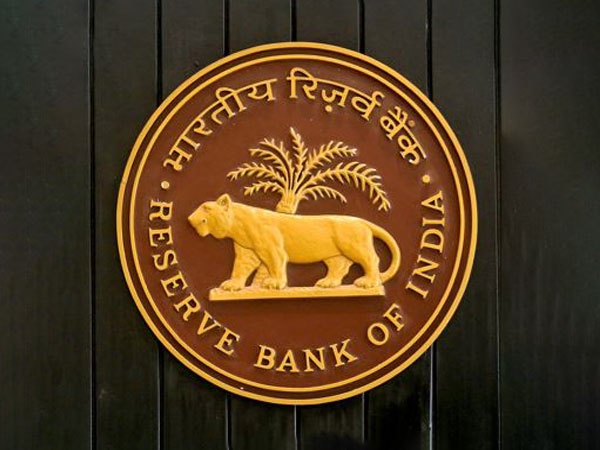The Reserve Bank of India (RBI) recently released a report stating that India’s foreign exchange reserves cover of imports (on balance of payments basis) stood at 11.2 months as of the end of June 2024. This represents a slight decline from the 11.3 months cover recorded at the end of March 2024. Import cover is a crucial indicator of the number of months of imports that the current level of foreign exchange reserves can support, reflecting the country’s resilience against external economic shocks.
The report also highlighted an increase in the ratio of short-term debt to reserves. Short-term debt (on an original maturity basis) accounted for 19.7 per cent of reserves at the end of March 2024, which rose to 20.3 per cent by the end of June 2024. This indicates a slight uptick in the share of short-term liabilities relative to the country’s reserves. The ratio of volatile capital flows, including portfolio inflows and outstanding short-term debt, also saw a minor increase from 69.8 per cent to 70.1 per cent during the same period.
In addition to the update on foreign exchange reserves and short-term debt, the RBI report provided insights into India’s International Investment Position (IIP). Between the end of June 2023 and June 2024, India’s external assets increased by USD 108.4 billion, while external liabilities rose by USD 97.7 billion. These changes indicate the country’s ongoing international engagements and financial transactions, highlighting its position in the global economy.
Overall, the report sheds light on India’s external economic position and its resilience amid global financial dynamics. The data on import cover, debt-to-reserves ratio, and IIP remain crucial in assessing the country’s economic stability in a volatile global environment. India’s ability to maintain a healthy level of foreign exchange reserves and effectively manage short-term debt will be essential in navigating future economic challenges and uncertainties.











